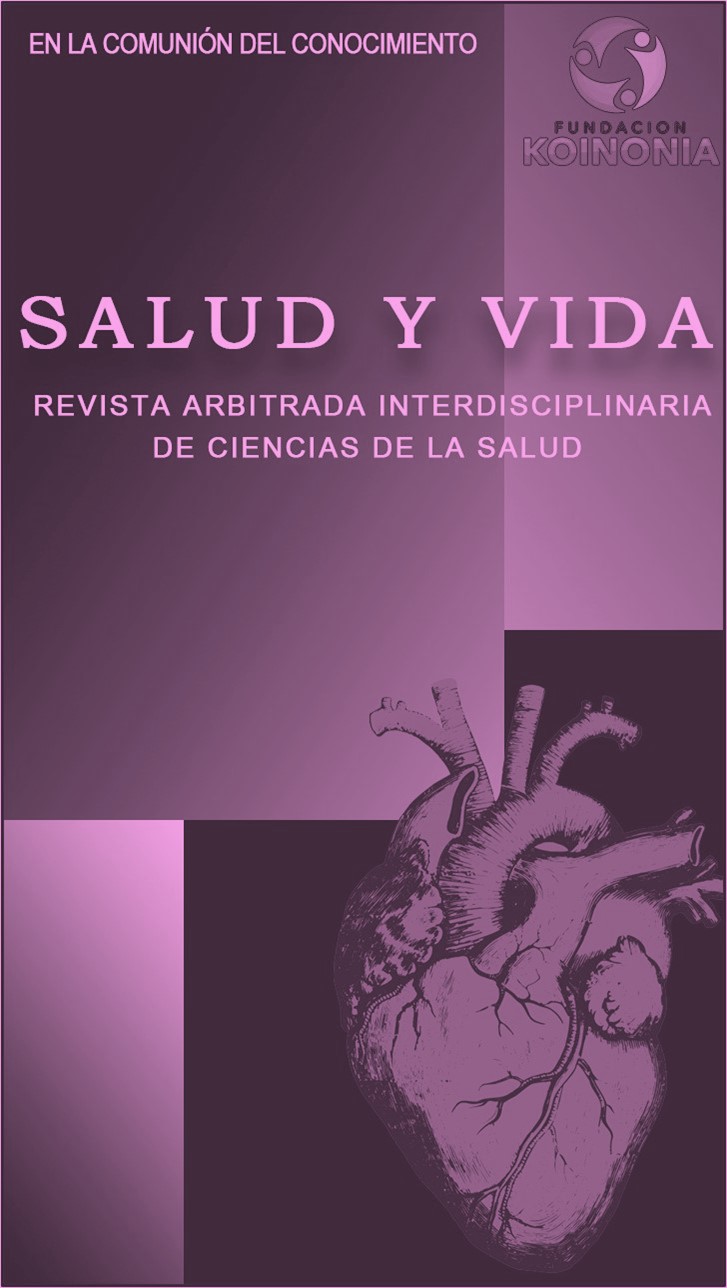Método anticonceptivo inyectable
DOI:
https://doi.org/10.35381/s.v.v8i2.4112Palabras clave:
Anticonceptivos inyectables, revisión sistemática, autoadministración, (Fuente: DeCS)Resumen
Objetivo: Analizar el método anticonceptivo inyectable desde una connotación documental. Método: Este estudio se llevó a cabo mediante una revisión sistemática. Conclusión: Los anticonceptivos inyectables, particularmente aquellos que permiten la autoadministración subcutánea, representan un avance significativo en la autonomía y gestión de la salud reproductiva de las mujeres. Sin embargo, su éxito y aceptación a nivel global dependen de superar barreras persistentes, especialmente en contextos de bajos recursos y situaciones humanitarias, donde factores socioculturales, económicos y de acceso a servicios de salud limitan su uso.
Descargas
Citas
Wood SN, Magalona S, Zimmerman LA, et al. Self-injected contraceptives: does the investment reflect women's preferences?. BMJ Glob Health. 2022;7(7):e008862. http://dx.doi.org/10.1136/bmjgh-2022-008862
Schivone G, Dorflinger L, Halpern V. Injectable contraception: updates and innovation. Curr Opin Obstet Gynecol. 2016;28(6):504-509. http://dx.doi.org/10.1097/GCO.0000000000000329
Anil U, Markus DH, Hurley ET, et al. The efficacy of intra-articular injections in the treatment of knee osteoarthritis: A network meta-analysis of randomized controlled trials. Knee. 2021;32:173-182. http://dx.doi.org/10.1016/j.knee.2021.08.008
Usach I, Martinez R, Festini T, Peris JE. Subcutaneous Injection of Drugs: Literature Review of Factors Influencing Pain Sensation at the Injection Site. Adv Ther. 2019;36(11):2986-2996. http://dx.doi.org/10.1007/s12325-019-01101-6
Wang W. Tolerability of hypertonic injectables. Int J Pharm. 2015;490(1-2):308-315. http://dx.doi.org/10.1016/j.ijpharm.2015.05.069
Achola R, Atuyambe L, Nabiwemba E, Nyashanu M, Garimoi Orach C. Barriers to contraceptive use in humanitarian settings: Experiences of South Sudanese refugee women living in Adjumani district, Uganda; an exploratory qualitative study. PLoS One. 2024;19(3):e0278731. http://dx.doi.org/10.1371/journal.pone.0278731
Lerma K, Goldthwaite LM. Injectable contraception: emerging evidence on subcutaneous self-administration. Curr Opin Obstet Gynecol. 2019;31(6):464-470. http://dx.doi.org/10.1097/GCO.0000000000000574
Burke HM, Packer C, Zingani A, et al. Testing a counseling message for increasing uptake of self-injectable contraception in southern Malawi: A mixed-methods, clustered randomized controlled study. PLoS One. 2022;17(10):e0275986. http://dx.doi.org/10.1371/journal.pone.0275986
Ruderman LW, Packer C, Zingani A, Moses P, Burke HM. Men can take part: examining men's role in supporting self-injectable contraception in southern Malawi, a qualitative exploration. Reprod Health. 2022;19(1):174. http://dx.doi.org/10.1186/s12978-022-01476-w
Peláez Mendoza J. The use of contraceptive methods in adolescence. Rev Cubana Obstet Ginecol. 2016;42(1).
Fitzpatrick D, Pirie K, Reeves G, Green J, Beral V. Combined and progestagen-only hormonal contraceptives and breast cancer risk: A UK nested case-control study and meta-analysis. PLoS Med. 2023;20(3):e1004188. http://dx.doi.org/10.1371/journal.pmed.1004188
Khialani D, Rosendaal F, Vlieg AVH. Hormonal Contraceptives and the Risk of Venous Thrombosis. Semin Thromb Hemost. 2020;46(8):865-871. http://dx.doi.org/10.1055/s-0040-1715793
Williams NM, Randolph M, Rajabi-Estarabadi A, Keri J, Tosti A. Hormonal Contraceptives and Dermatology. Am J Clin Dermatol. 2021;22(1):69-80. http://dx.doi.org/10.1007/s40257-020-00557-5
Upadhya KK; Committee On Adolescence. Emergency Contraception. Pediatrics. 2019;144(6):e20193149. http://dx.doi.org/10.1542/peds.2019-3149
Glasier A, Bhattacharya S, Evers H, et al. Contraception after pregnancy. Acta Obstet Gynecol Scand. 2019;98(11):1378-1385. http://dx.doi.org/10.1111/aogs.13627
Publicado
Cómo citar
Número
Sección
Licencia
Derechos de autor 2024 Ruth Alexandra Villacis-Ramos, Hillary Mayte Ochoa-Sarango, Stefania Milady Santana-Calva, Ronal Steeven Yansapanta-Chipantiza

Esta obra está bajo una licencia internacional Creative Commons Atribución-NoComercial-CompartirIgual 4.0.
CC BY-NC-SA : Esta licencia permite a los reutilizadores distribuir, remezclar, adaptar y construir sobre el material en cualquier medio o formato solo con fines no comerciales, y solo siempre y cuando se dé la atribución al creador. Si remezcla, adapta o construye sobre el material, debe licenciar el material modificado bajo términos idénticos.
OAI-PMH: https://fundacionkoinonia.com.ve/ojs/index.php/saludyvida/oai.









